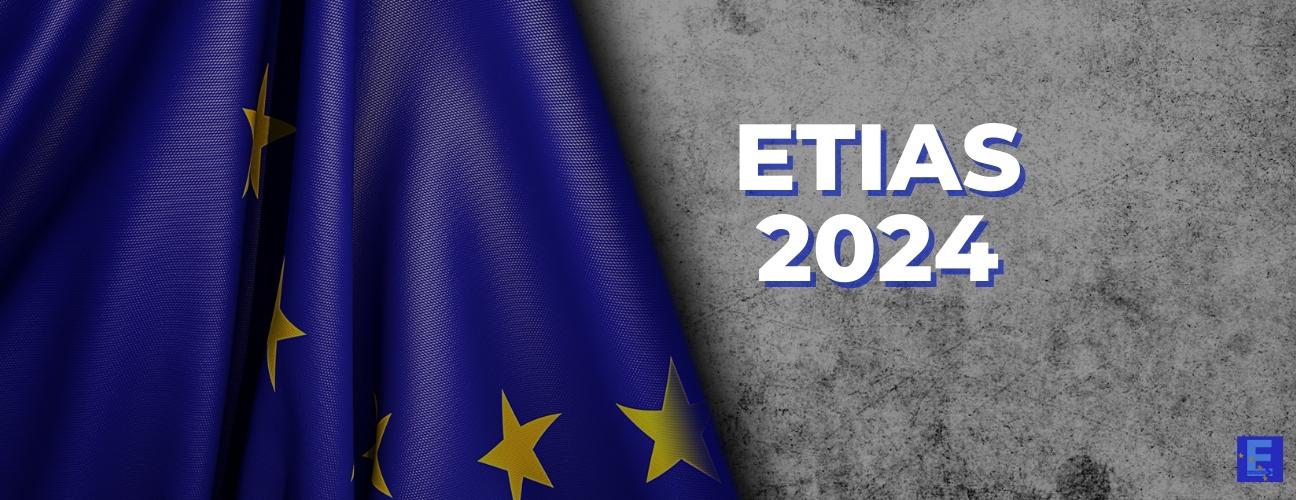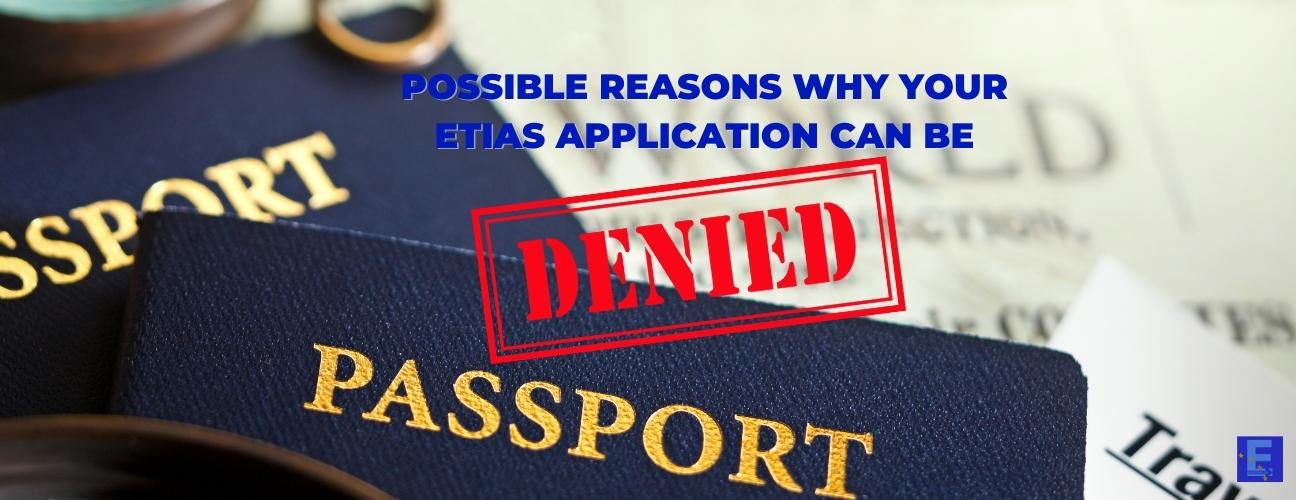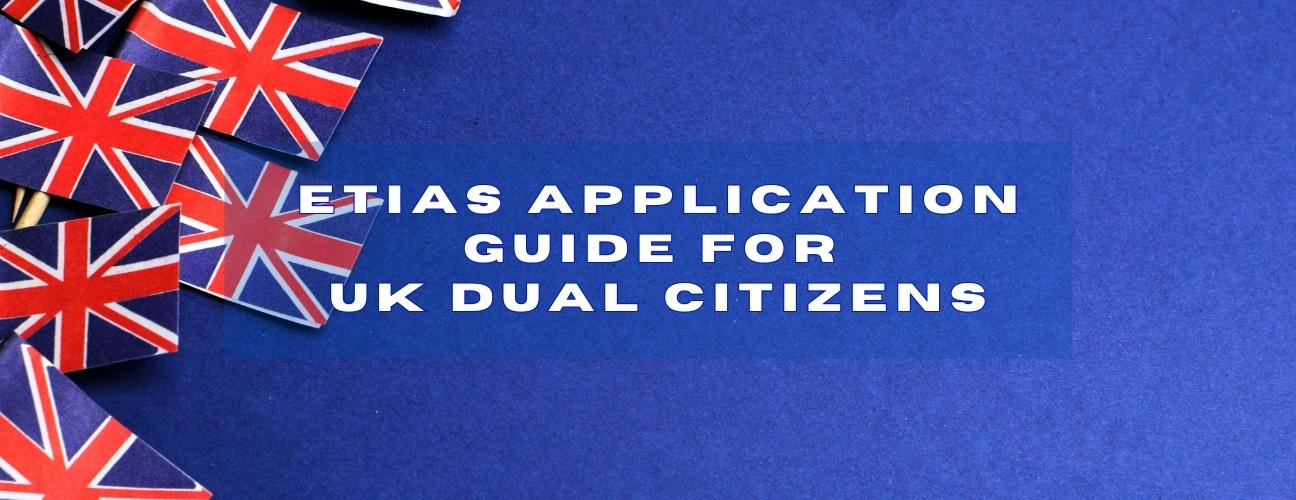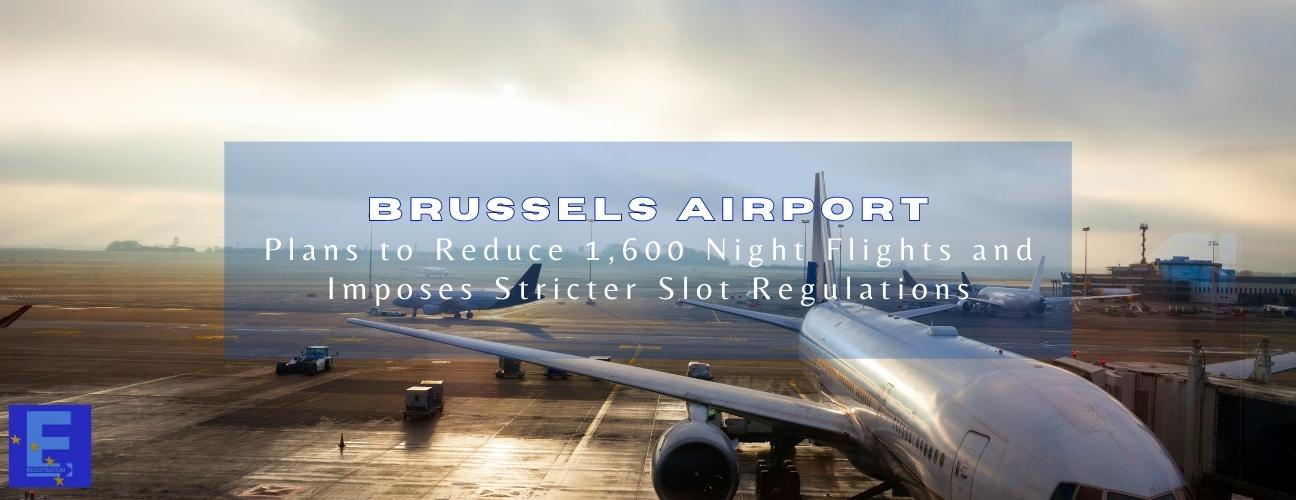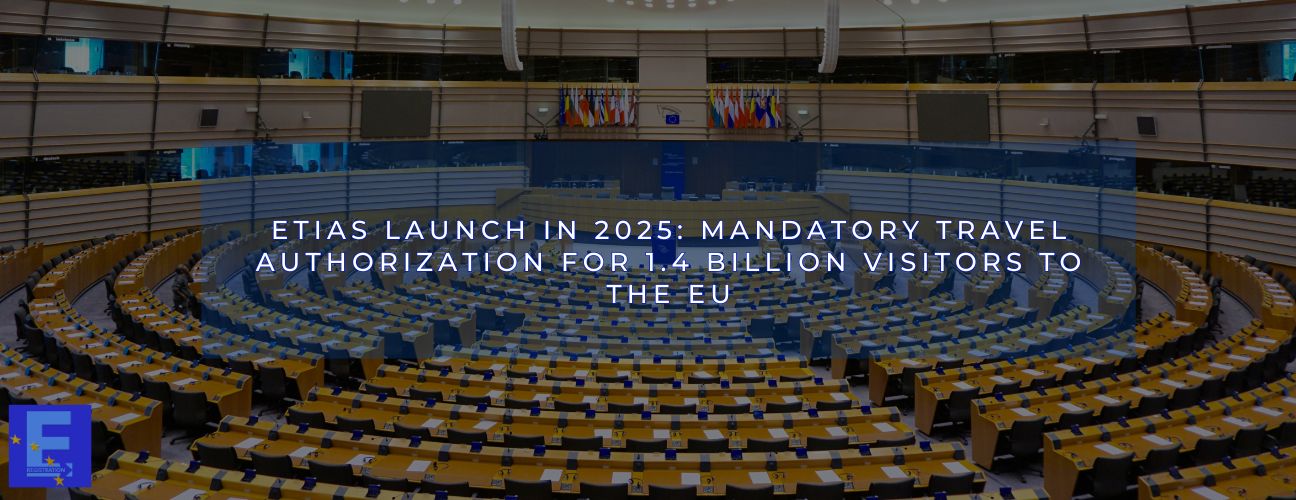Introduction
In the complex landscape of European travel regulations, the rollout of the European Travel Information and Authorization System (ETIAS) has hit significant hurdles. Recent developments reveal a substantial setback—ETIAS is now postponed until May 2025, with the potential for further delays. While reports citing EU officials brought this news to light, official statements from EU authorities are yet to be released, creating an air of uncertainty. The crux of this delay is traced back to the unpreparedness of the Entry/Exit System (EES), a pivotal prerequisite for the initiation of ETIAS.
Key Insights
A critical announcement by the European Union Agency for the Operational Management of Large-Scale IT Systems in the Area of Freedom, Security and Justice (EU-Lisa) has added to the challenges facing ETIAS. The EES, designed as a network of interconnected e-gates at Schengen external borders, has been deemed non-operational. Consequently, the launch of ETIAS, initially scheduled for November 2023, has been pushed to 2024. This delay hinges on the readiness of the EES, as ETIAS relies on its infrastructure for functionality.
Reasons Behind the Delays
The core reason behind the repeated postponements in ETIAS implementation lies in the unavailability of the EES. Serving as a foundational element for ETIAS, the seamless operation of the EES is paramount for the system to come into effect. The interconnected e-gates at Schengen external borders play a pivotal role in establishing a comprehensive and secure travel information system. EU authorities have yet to release an official statement, leaving room for speculation regarding the precise reasons behind the unpreparedness of the EES.
Looking to the Future
As the new launch date for ETIAS approaches in May 2025, attention is turning to forthcoming discussions within EU circles. These deliberations are expected to provide insights into the specifics of the delay and may offer a revised timeline for both the EES and ETIAS. The situation is dynamic, and further details are anticipated as developments unfold.
Conclusion
The journey toward implementing the European Travel Information and Authorization System faces notable challenges, primarily stemming from the delay in the Entry/Exit System. The interconnected nature of these systems underscores the intricate web of components necessary for the seamless functioning of travel regulations within the EU. While awaiting official statements and updates from EU authorities, continued vigilance is crucial to navigating the evolving landscape of ETIAS and EES.









